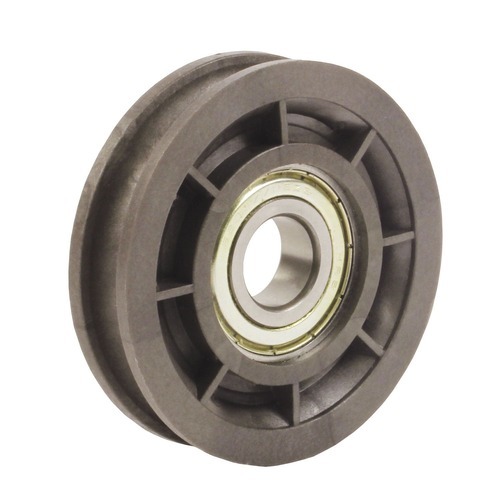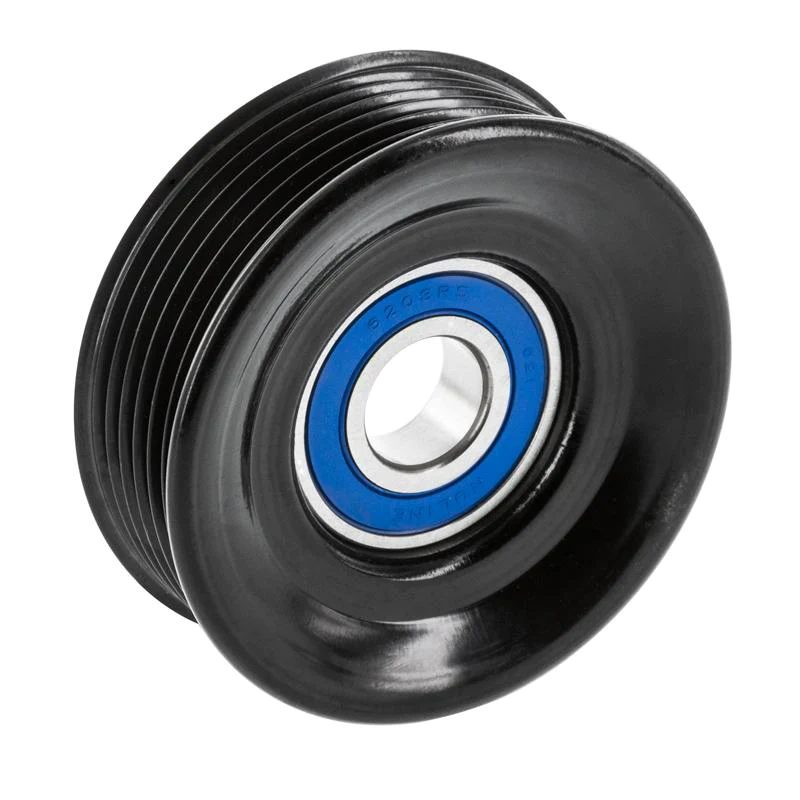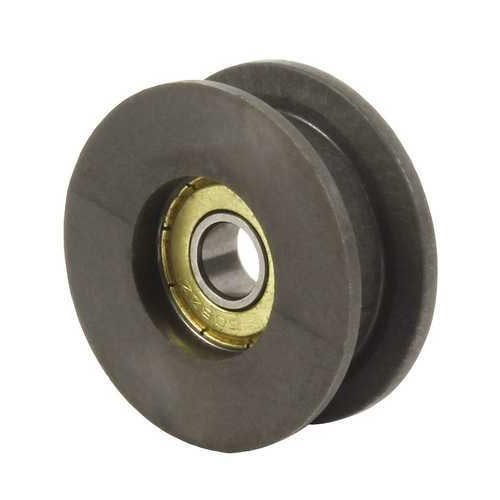Product Description
| original number | original number | Generator number | Applicable Models | |||||
| OD1 | 55 | DB | 353741 | CHRYSLER | Chrysler:3 | 04801250AB | GrandCherokeeIII3.0CRD | |
| R | 7 | F-239808.01 | 04801250AC | MercedesBenz:C320/350CDI | ||||
| ID | 17 | 2603330 | F-239808.02 | 04801250AD | CLK320CDI | |||
| M | M16 | 26 0571 1 | F-239808.03 | 68571877AA | CLS320/350CDI | |||
| Clock | CW | 593960 | F-239808.04 | 68571877AB | E280/3.05 | DB | G320/350 | |
| 5715811AA | F-239808.06 | 6421545712 | GLK320/350CDI | |||||
| LESTER | 14571 | 6421540402 | GL320/350CDI | |||||
| 7908-3465 | CARGO | 6421540802 | ML280/300/350CDI | |||||
| 7908-3466 | 235812 | A6421545712 | R350 | |||||
| WAI | A6421540402 | Sprinter | ||||||
| 24-91318-3 | A6421540802 | 218,219,318,319,419,518,51 | ||||||
| 9 | ||||||||
| Viano3.0 |
Company Profile
HangZhou Doerbee International Trade Co. , Ltd. , located in HangZhou hi-tech Development Zone, ZheJiang Province, the company's main auto parts, mechanical and electrical supplies. Our company has established long-term and stable cooperative relations with many auto parts factories in ZHangZhoug and ZheJiang provinces. We value credit, abide by contracts, guarantee product quality, win the trust of our customers, and make every effort to follow their needs, continuous product innovation and service improvement. OEM, sample can be customized. We will gradually improve the product types and details, if you have non-standard products need us to help you find Chinese manufacturers, please contact us, send samples, we will be your most responsible and professional partner in China. Looking CHINAMFG to working with you.
Every month, we will go back and forth to each auto parts manufacturer to find and compare all kinds of high quality and low price products for you. If you have samples, but can not confirm the model or name, you can also send samples to us, we will try our best to find out the sample manufacturers in China, compare the quality for you, and provide quotation. We represent all kinds of auto parts and mechanical and electrical products, in the future we will continue to improve the product category, please pay attention to us, any need, please feel free to contact us. At present, there are more than 300 types of overrunning clutch pulley , only 30 types on the shelf for reference. Please send us the type of pulley you need. We'll be at your service.
Q1. How to buy?
A1:Large quantity for more discount : Inquiry → Quotation → Price resonable → Check with specification → Proforma Invoice sent → Payment made → Product shipment → Customer
Q2. What is your terms of payment?
A2:T/T 30% as deposit, and 70% before delivery. We'll show you the photos of the products and packages before you pay the balance.
Q3. How about your delivery time?
A3:Generally, it will take 20 to 40 days after receiving your advance payment. The specific delivery time depends on the items and the quantity of your order.
Q4. Can you produce according to the samples?
A4:Yes, we can produce by your samples or technical drawings.
Q5. What is your sample policy?
A5:We can supply the sample if we have ready parts in stock, but the customers have to pay the sample and courier cost.
Q6. Do you test all your goods before delivery?
A6:Yes, We will take 100% testing and photos before delivery, and keep communication with you at any time.
Q7: How do you make our business long-term and good relationship?
A7:We are not only partners, but also friends. We will try our best to provide you with the most cost-effective products. If you have any goods that are difficult to purchase, we will try our best to find them in China. We will become your most trusted buyers in China.
/* January 22, 2571 19:08:37 */!function(){function s(e,r){var a,o={};try{e&&e.split(",").forEach(function(e,t){e&&(a=e.match(/(.*?):(.*)$/))&&1
| After-sales Service: | 100000 Km |
|---|---|
| Warranty: | 2 Years |
| Type: | Auto Clutch Bearing |
| Material: | Carbon Steel |
| Tolerance: | P5 |
| Certification: | TS16949 |
| Samples: |
US$ 8/Piece
1 Piece(Min.Order) | |
|---|
| Customization: |
Available
| Customized Request |
|---|

What is the role of belt pulleys in the automotive industry?
Belt pulleys play a vital role in the automotive industry, contributing to various systems and components within vehicles. They are essential for transmitting power, driving auxiliary systems, and ensuring the smooth operation of critical functions. Here's a detailed explanation of the role of belt pulleys in the automotive industry:
1. Engine Power Transmission: Belt pulleys are integral to the power transmission system of an automotive engine. They are commonly used in serpentine belt systems, where a single belt is routed around multiple pulleys to drive various engine accessories. The crankshaft pulley connects to the engine's crankshaft and is responsible for transmitting power to components such as the alternator, water pump, power steering pump, and air conditioning compressor. The rotation of the crankshaft pulley drives the serpentine belt, which, in turn, drives these auxiliary systems.
2. Timing Belt System: Belt pulleys are essential components in the timing belt system of an engine. The timing belt connects the engine's crankshaft to the camshaft(s), synchronizing their rotation and ensuring precise valve timing. The crankshaft pulley, also known as the harmonic balancer, is connected to the crankshaft and drives the timing belt. The camshaft pulleys, often referred to as timing pulleys, are responsible for driving the camshafts and controlling the opening and closing of the engine's valves. Proper timing belt operation is crucial for the engine's performance, efficiency, and overall reliability.
3. Supercharger and Turbocharger Systems: In high-performance and forced induction engines, belt pulleys are utilized in supercharger and turbocharger systems. These systems compress the intake air to increase engine power output. Belt-driven superchargers and turbochargers use pulleys to drive the compressor, which forces more air into the engine's combustion chambers. The pulleys in these systems are designed to withstand high speeds and loads, ensuring efficient and reliable operation of the forced induction system.
4. Cooling System: Belt pulleys contribute to the cooling system of automotive engines. The water pump pulley is connected to the water pump, which circulates coolant throughout the engine to dissipate heat. The rotation of the water pump pulley, driven by the crankshaft pulley, creates the necessary flow of coolant to regulate engine temperature. Proper cooling system operation is vital for preventing overheating and maintaining the engine's optimal operating conditions.
5. Power Steering System: Belt pulleys are used in power steering systems to assist with steering effort. The power steering pump pulley is connected to the power steering pump, which pressurizes hydraulic fluid to aid in turning the wheels. As the crankshaft pulley drives the serpentine belt, power is transmitted to the power steering pump pulley, enabling power-assisted steering. Belt-driven power steering systems provide easier and more responsive steering control for drivers.
6. Air Conditioning System: Belt pulleys play a role in the automotive air conditioning system. The air conditioning compressor pulley is driven by the serpentine belt and is responsible for compressing and circulating refrigerant within the system. The rotation of the compressor pulley enables the air conditioning system to cool and dehumidify the vehicle's interior, providing comfort to occupants. Belt-driven air conditioning systems are commonly found in most passenger vehicles.
7. Other Auxiliary Systems: Belt pulleys are also used in other auxiliary systems in vehicles, such as the alternator, which generates electrical power to charge the battery and power electrical components. Additionally, they are employed in systems like the vacuum pump for brake assist, power take-off (PTO) units in commercial vehicles, and various belt-driven pumps for systems like the fuel injection system and hydraulic systems.
In summary, belt pulleys play a crucial role in the automotive industry, contributing to power transmission, auxiliary systems, and critical functions within vehicles. Whether it's transmitting power in the engine, driving timing belts or auxiliary systems, or assisting with cooling, steering, or air conditioning, belt pulleys ensure the efficient and reliable operation of automotive systems and components.

Can belt pulleys be used in both simple and complex mechanical systems?
Yes, belt pulleys can be used in both simple and complex mechanical systems. Belt pulleys are versatile components that are widely employed in various applications across different industries. They offer several advantages, such as reliable power transmission, flexibility in speed adjustment, and ease of installation. Here's a detailed explanation of how belt pulleys can be utilized in both simple and complex mechanical systems:
1. Simple Mechanical Systems: Belt pulleys are commonly used in simple mechanical systems where power needs to be transmitted between two shafts. These systems typically involve straightforward power transmission requirements and relatively uncomplicated machinery. Examples of simple mechanical systems where belt pulleys are utilized include small appliances like fans or blenders, exercise equipment, and simple conveyor systems. In these cases, belt pulleys provide an efficient and cost-effective solution for transmitting power from a motor or engine to drive a specific component or perform a specific task.
2. Complex Mechanical Systems: Belt pulleys are also extensively used in complex mechanical systems that involve multiple components, intricate power transmission requirements, and advanced machinery. These systems often require precise speed control, synchronization of multiple shafts, and the ability to transmit power over long distances. Examples of complex mechanical systems where belt pulleys are employed include large-scale manufacturing machinery, printing presses, industrial robots, and automotive engine systems. In these applications, belt pulleys are crucial in achieving accurate power transmission, maintaining synchronization, and enabling efficient operation of the complex machinery.
3. Speed Adjustment and Variable Power Transmission: Belt pulleys are particularly advantageous in systems that require speed adjustment or variable power transmission. By using pulleys of different sizes or adjusting the position of the belt on the pulleys, the speed and power transmission characteristics can be modified. This flexibility is beneficial in both simple and complex mechanical systems. For example, in a simple mechanical system like a drill press, a belt pulley system allows for speed adjustment to accommodate different drilling requirements. In a complex mechanical system like an assembly line, belt pulleys enable variable speed control to synchronize the movement of multiple components.
4. Adaptability and Customization: Belt pulleys can be easily adapted and customized to suit the specific requirements of both simple and complex mechanical systems. They can be designed and manufactured in various sizes, materials, and configurations to accommodate different shaft diameters, space restrictions, power transmission needs, and environmental conditions. This adaptability makes belt pulleys highly versatile components that can be integrated into diverse mechanical systems, regardless of their complexity.
5. Reliability and Maintenance: Belt pulleys offer reliable and efficient power transmission in both simple and complex mechanical systems. They have a long service life when properly installed and maintained, making them a dependable choice for various applications. Regular maintenance, such as checking for proper tension, alignment, and lubrication, ensures optimal performance and prolongs the lifespan of the belt pulleys in any mechanical system.
In summary, belt pulleys are suitable for use in both simple and complex mechanical systems. They provide efficient power transmission, speed adjustment capabilities, adaptability, and reliability. Whether it's in a small appliance or a sophisticated industrial machine, belt pulleys play a vital role in transmitting power and enabling the smooth operation of mechanical systems across a wide range of applications and industries.

What is a belt pulley, and how is it used in mechanical systems?
A belt pulley is a mechanical device used in various systems to transmit power and motion between rotating shafts. It consists of a wheel with a grooved rim, known as the pulley, that is connected to a shaft. The pulley is typically made of materials such as cast iron, steel, or aluminum. It is used in conjunction with a belt or a rope to transfer rotational motion from one shaft to another. Here's a detailed explanation:
A belt pulley is essential in mechanical systems for the following purposes:
- Power Transmission: The primary function of a belt pulley is to transmit power between rotating shafts. It connects the driving shaft (input) to the driven shaft (output) through a belt or a rope. When the driving shaft rotates, the belt or rope engages with the grooves on the pulley, causing the pulley and the driven shaft to rotate. This allows power to be transferred from the driving shaft to the driven shaft, enabling the operation of various mechanical components or systems.
- Speed Control: Belt pulleys are used to control the rotational speed of driven shafts. By varying the size or ratio of the pulleys connected by the belt, the rotational speed can be adjusted. Using different-sized pulleys, it is possible to increase or decrease the speed of the driven shaft compared to the driving shaft. This speed control capability is beneficial in applications where different rotational speeds are required for specific operations or to match the requirements of different components in a system.
- Directional Change: Belt pulleys also enable the change of direction in mechanical systems. By arranging multiple pulleys with belts or ropes in a system, the rotational motion can be redirected. For example, a system with two pulleys connected by a belt can change the direction of the driven shaft compared to the driving shaft. This directional change allows for the transmission of power and motion in desired orientations, enabling the operation of mechanical components or systems in different directions.
- Tension Control: Belt pulleys play a role in maintaining proper tension in belt-driven systems. The tension in the belt is important to ensure a secure and reliable connection between the pulleys. Pulleys with adjustable features, such as tensioning systems or idler pulleys, help maintain the optimal tension in the belt. Proper tension control prevents belt slippage, ensures efficient power transmission, and reduces wear on the belt and pulley surfaces.
- Noise and Vibration Reduction: Belt pulleys contribute to noise and vibration reduction in mechanical systems. The design of the pulley, including the groove profile and surface finish, can help minimize noise and vibration generated during operation. Additionally, proper alignment and tensioning of the belt ensure smoother engagement with the pulley, reducing noise and vibration levels. This is particularly important in applications that require quiet operation or where excessive vibrations can affect system performance or operator comfort.
- Compatibility and Interchangeability: Belt pulleys offer compatibility and interchangeability benefits in mechanical systems. They provide a flexible and modular approach to power transmission, allowing different pulleys to be easily interchanged or replaced based on specific requirements. This versatility enables system designers and operators to adapt and modify mechanical systems more efficiently, making it easier to accommodate changes in load, speed, or other operational parameters.
In summary, a belt pulley is a mechanical device used for power transmission and motion control in various mechanical systems. It connects rotating shafts through belts or ropes, allowing power to be transmitted from one shaft to another. Belt pulleys provide speed control, directional change, tension control, noise and vibration reduction, as well as compatibility and interchangeability benefits. By utilizing belt pulleys, mechanical systems can efficiently transfer power, control speeds, and enable the operation of different components or systems in desired directions.


editor by CX
2024-04-10











